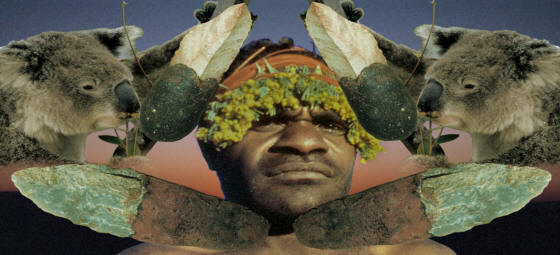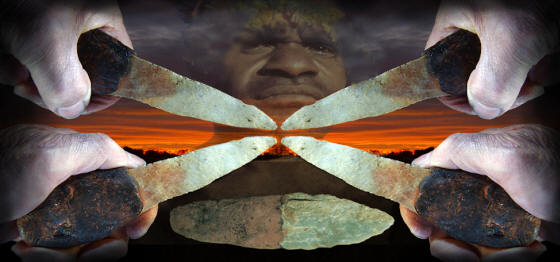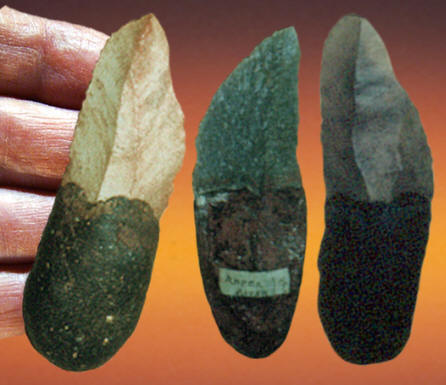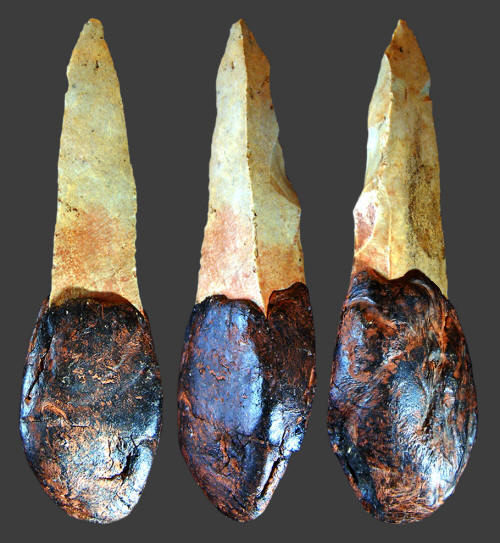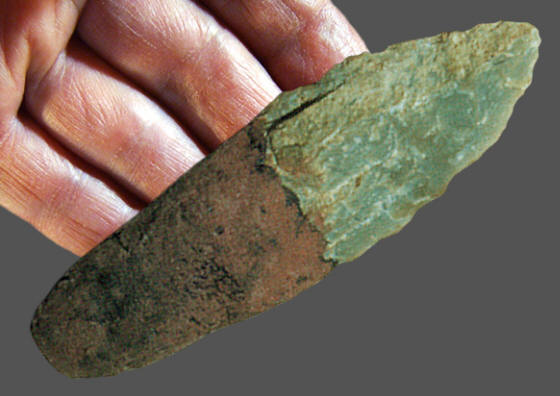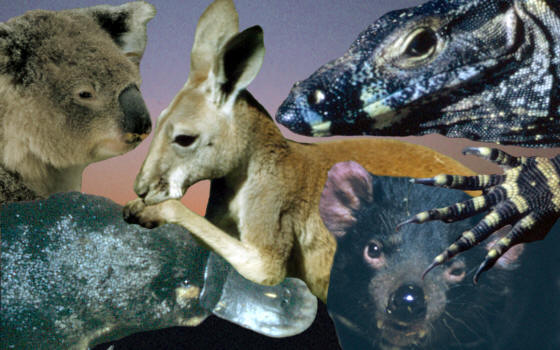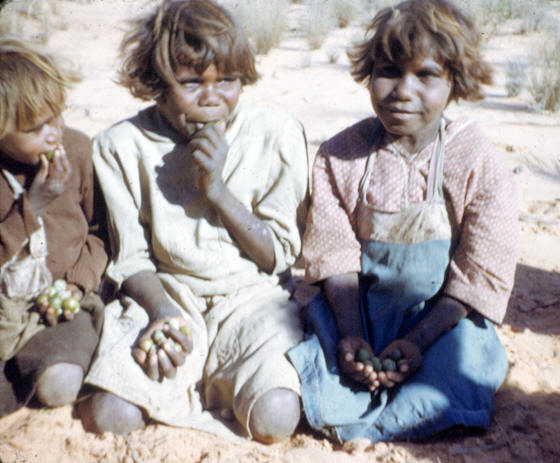|
||
|
"The term Leilira was
first coined by Spencer and Gillen and is currently the archaeological
term used to describe large blades produced in northern and central
Australia."--------2006, Kevin Tibbett, "When
East Is Northwest: Expanding The Archaeological Boundary For Leilira
Blade Production," Australian Archaeology, p. 26.
Indigenous Australian's were manufacturing stone tools for more than 40,000 years. The flaked stone tools they left behind are very simple. In fact, most of their hafted knives, spears and fighting picks were made from simple core struck blades that have little or no further modification. Bifacial flaking in Australia is rare compared to other regions of the world. The best examples are reported as large hand axe-like bifaces and small bifacially flaked points. Bifacial reduction is also reported in the manufacture of some ground stone axes. Australia's most famous bifacially flaked artifact is the more recent Kimberly point. The most famous blade knife is the resin hafted leilira knife. |
||
|
||
|
Resin hafted leilira knives are first mentioned in an account from the 1894 Horn Scientific Expedition and named by Spencer and Gillian in 1899. The term leilira comes from the Arrernte tribal group for resin hafted knives carried by men. F. D. McCarthy (1976) described these types of macroblades as either long pointed blades that are triangular in cross-section, or an elongate rectangular blade trapezoid in cross-section. He also described the striking platform as plain and high angled. The blade edges may or may not be trimmed but more often the proximal end (bulb-of-percussion) is trimmed. |
||
|
Leilira macroblade knives were manufactured by a simple core and blade technology. The blades were percussion struck from cores with hard hammers (stone hammer). Historic accounts report that the goal of the aboriginal flintknapper was to remove pointed blades from the core with minimal additional shaping of the blade. It's reported that macroblades were manufactured into the 1980's. Besides their use as leilira knives they were also hafted onto atlatl darts and fighting picks. Although there are many different sizes given for macroblades. Any length above 5 cm (2 inches) seems to be an acceptable macroblade size. |
||
|
||
|
Leilira blade manufacturing sites are located on quarried outcrops and quarried pit sites across central and northern Australia. They are easily identified by their large areas of core and blade manufacturing debris that can range from 30 to 50 cm (11 3/4 to 19 5/8 inches) in depth. Blade production is described as "massive trigonal blades 15-20 cm long, struck from prepared cores along facetted ridges." These sites are reported to be from 1 to 6 hectares (2.46 to 14.82 acres) in size that surround outcrops of either quartzite, silcrete or chalcedony. Quartzite is reported to be the most common material that was used to make leilira resin hafted knives. |
||
|
||
|
Leilira knives were used for both utilitarian and ritual purposes. As objects of utility, they were used for general purposes, but also as weapons for hand to hand fighting and for butchering animals. As ritual objects, they are reported to have been used for cutting cicatrice scars, circumcision and subincision. But it's also reported that the leilira knife was only symbolically or mythologically represented as the tool used to perform some of these procedures. For example, leilira knives were not used for subincisions. |
||
|
Leilira knives have smooth rounded handles made of resin. Natural plant resins and bees wax were used extensively by aboriginal Australians for the production of both ritual and utilitarian items. These adhesive materials were used to attach everything from high impact spear points to wooden shafts and feathers, seeds, and shells to decorative elements. One of the main types of plant resins that was used for hafting leilira knives is a type of grass belonging to the Triodias species that grows up to 2 meters tall. It's often referred to as spinifex or porcupine grass and grows in the desert arid regions of the northern half of Australia. The most common way of collecting this plant's resin is by uprooting a clump and placing it on a flat stone and beating out the small resin particles that collect in the roots. |
||
|
Australian stone tool technologies have been described as basic and simplistic but efficient. Tools were often produced by the least possible effort that was necessary. Aboriginal culture is the epitome of frugal living with a deep spiritual connection to the land within a timeless process of moving from dream to reality. They have no word for time. Leilira knives are a product of these ideas. They are simple, effective and closely connected to the land. |
||
|
"REFERENCES"
1899, Baldwin Spencer, Baldwin,
Gillen, F. J., The Native Tribes Of Central Australia, p. 223. |
||
